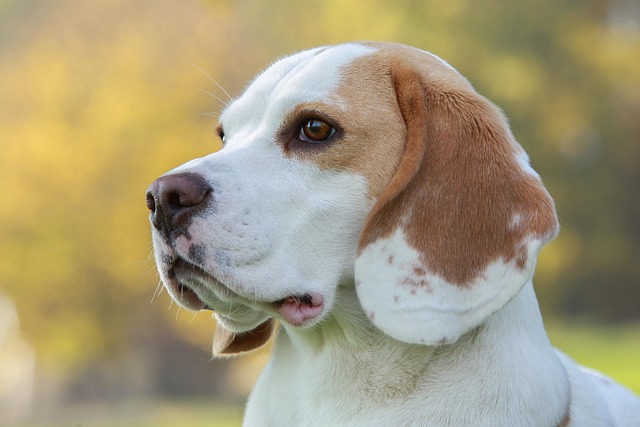
How do i train my dog to be obedient?
Watching your dog dart across the park ignoring your calls isn’t just frustrating—it can put them at risk near busy streets or public spaces.
Beagles are clever, curious, and blessed with a nose that can lead them astray faster than you can say “treat.” These traits make potty training a unique adventure—one that requires patience, consistency, and a knack for outsmarting their wandering attention.
Start by leaning into their schedule. Puppies under six months need to relieve themselves every 2-3 hours, especially after meals, naps, or playtime. Set a timer if you must—missing these windows means finding surprises later. Take them to the same spot each time; the familiar scent will click with their instinct to mark territory. A little grassy corner of the yard works, but if you’re in an apartment, a pee pad in a quiet, low-traffic area does the trick.
Keep walks structured during training. Beagles love to sniff, but letting them meander aimlessly during potty time wastes energy they should be using to do their business. Use a short leash to guide them gently, and wait—even if it takes 10 minutes. Once they go, erupt with praise: “Good potty!” paired with a tiny piece of cheese or a favorite kibble. They’ll learn quickly that doing their business in the right place earns big rewards.
 Accidents happen, but how you react matters. If you catch them mid-stream, calmly scoop them up and move to the designated spot. Never yell or rub their nose in it—fear will only make them hide to pee, turning training into a game of hide-and-seek. Clean messes with an enzymatic cleaner to erase the scent; leftover smells will draw them back to the same spot. In cities like London, where failing to clean up after your dog can result in fines, keeping these cleaners handy doubles as a compliance tool.
Accidents happen, but how you react matters. If you catch them mid-stream, calmly scoop them up and move to the designated spot. Never yell or rub their nose in it—fear will only make them hide to pee, turning training into a game of hide-and-seek. Clean messes with an enzymatic cleaner to erase the scent; leftover smells will draw them back to the same spot. In cities like London, where failing to clean up after your dog can result in fines, keeping these cleaners handy doubles as a compliance tool.
Beagles thrive on routine, so stick to a strict schedule. Feed them at the same times daily, and take them out immediately after. Crate training can help too—dogs avoid soiling their sleeping space, so a properly sized crate (just big enough to stand and turn around) teaches them to hold it. Leave the crate door open when you’re home, so it feels like a safe space, not a punishment.
As they mature, gradually extend the time between potty breaks. A 1-year-old Beagle can typically hold it for 6-8 hours, but every dog is different. Watch for signs they need to go—pacing, sniffing the floor, or circling. If you’re out and about, carry waste bags; in many U.S. states and EU countries, it’s illegal to leave dog waste in public areas, and fines can be steep.
Training a Beagle to potty in the right place takes longer than some breeds, but their eagerness to please makes it worth it. Stay consistent, keep sessions positive, and soon enough, those accidental messes will be a distant memory—leaving more time to enjoy their goofy, lovable company.

Watching your dog dart across the park ignoring your calls isn’t just frustrating—it can put them at risk near busy streets or public spaces.

New puppy owners often find themselves rushing to clean up accidents before they set in, and that’s where puppy pad training becomes a game-changer.

If you've noticed your dog's waistline disappearing and your veterinarian has mentioned those few extra pounds, your first instinct might be to simply reduce the amount of food in their bowl.

Training a dog to use a designated spot indoors isn’t as daunting as many new owners fear, but it does take consistency and an understanding of your pet’s needs.

That moment of dread on a walk is all too familiar for many new dog owners. You see another dog approaching down the sidewalk of your neighborhood

If the sight of another dog on your neighborhood walk makes your heart sink as your own dog erupts into a frenzy of barking and lunging, you're not alone.